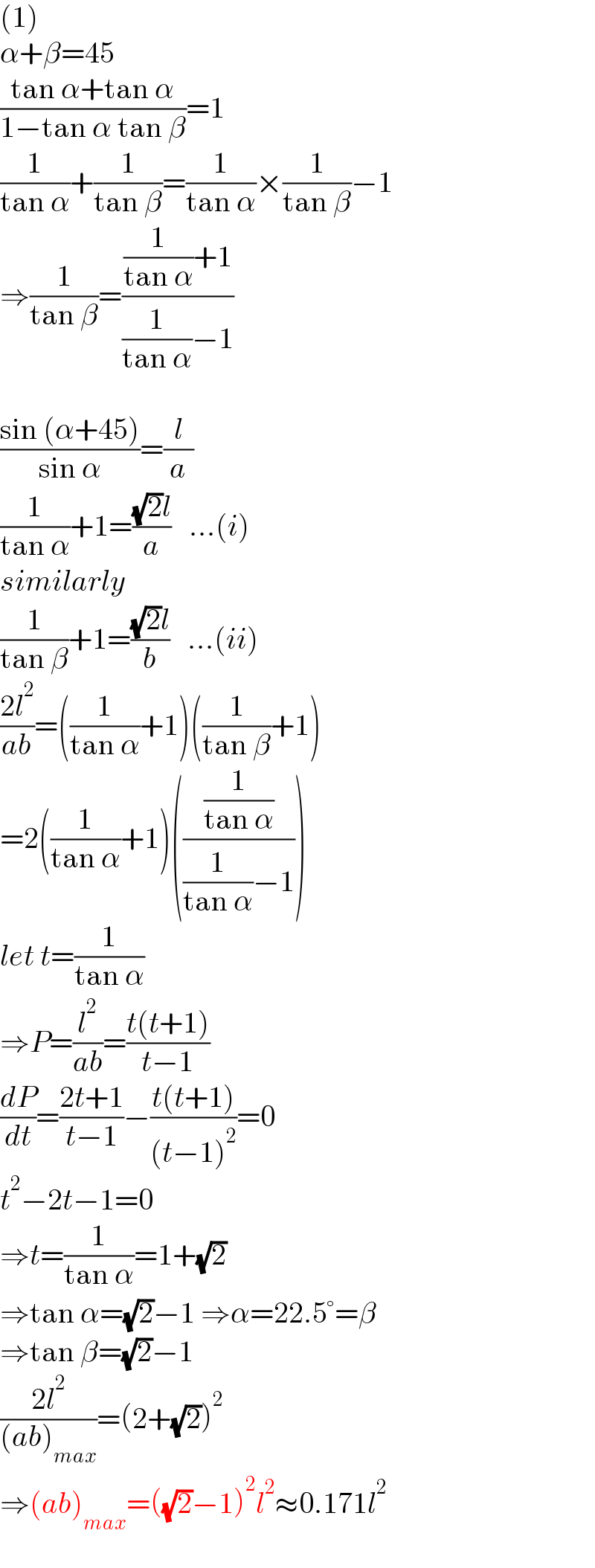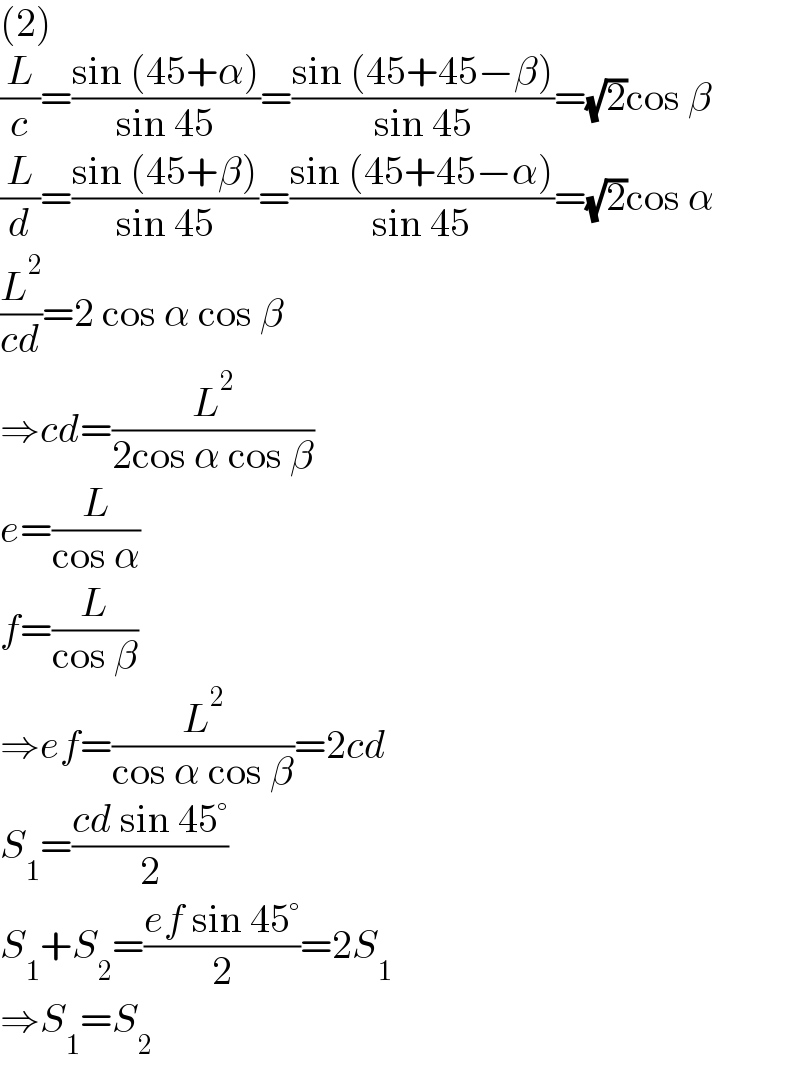
Question and Answers Forum
Question Number 153901 by mr W last updated on 11/Sep/21

Commented by mr W last updated on 12/Sep/21

Answered by EDWIN88 last updated on 12/Sep/21

Commented by mr W last updated on 12/Sep/21

Commented by Tawa11 last updated on 12/Sep/21

Answered by mr W last updated on 12/Sep/21

Commented by mr W last updated on 12/Sep/21

Commented by mr W last updated on 12/Sep/21

Commented by liberty last updated on 12/Sep/21

